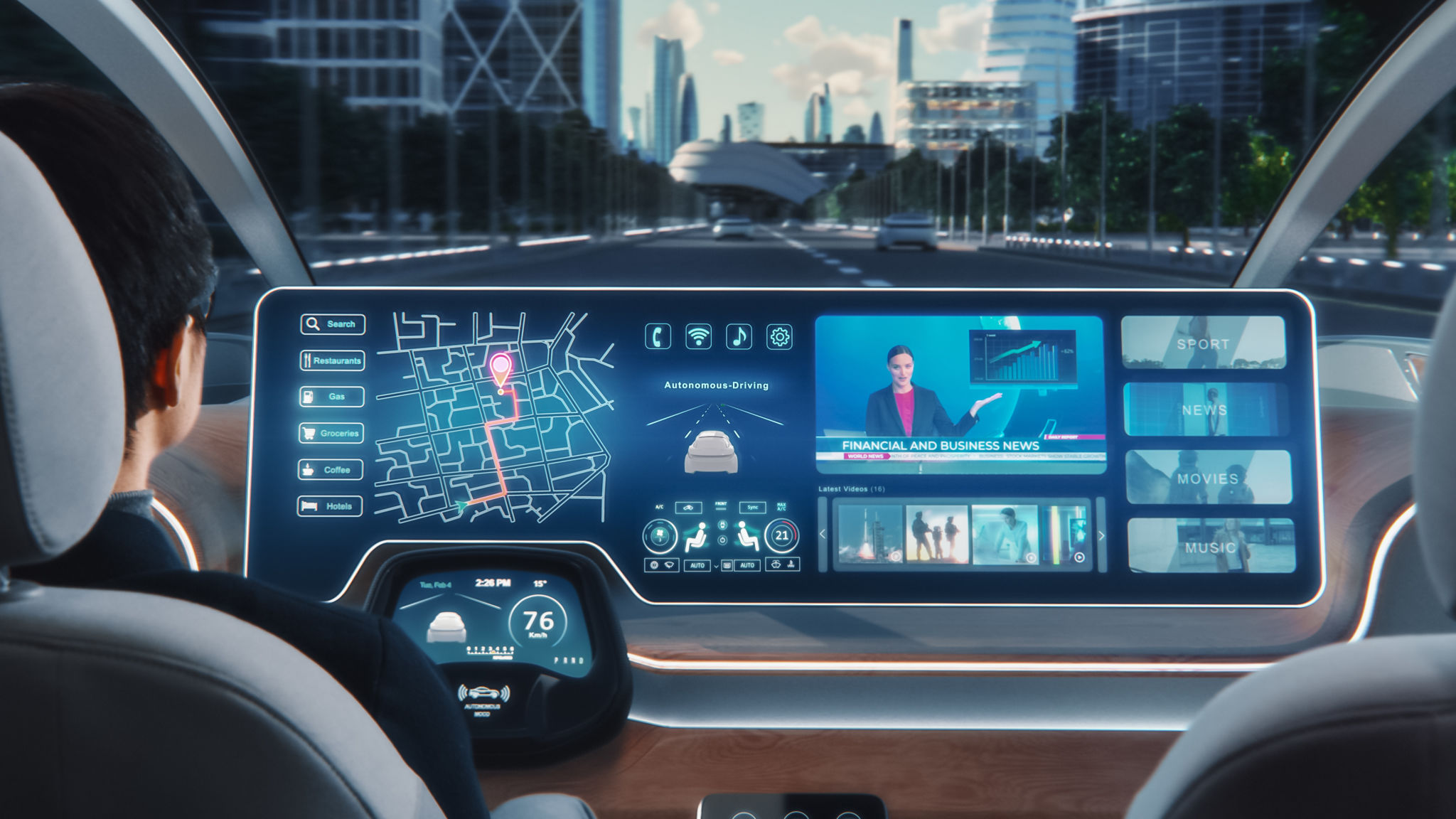How AutoGlass AI Streamlines the Auto Glass Repair Process
Revolutionizing Auto Glass Repair with AI
In recent years, the auto glass repair industry has seen significant advancements, primarily driven by the integration of Artificial Intelligence (AI). AutoGlass AI is at the forefront of this revolution, offering a streamlined and efficient approach to repair services. By leveraging AI technology, auto glass repair businesses can enhance their operations, reduce costs, and improve customer satisfaction.
The auto glass repair process traditionally required manual inspection and assessment, which could be time-consuming and prone to human error. With AI, these challenges are mitigated, allowing for quicker and more accurate solutions. This transformation is not only beneficial for repair shops but also for vehicle owners who demand speedy and reliable service.

Automated Damage Detection
One of the key features of AutoGlass AI is its ability to automatically detect and assess damage. Using advanced image recognition technology, the AI system can quickly analyze images of damaged windshields or windows to determine the extent of the damage. This capability significantly reduces the time needed for initial inspections and ensures that no cracks or chips are overlooked.
The AI system compares the detected damage against a vast database of previous cases to suggest the most effective repair method. This not only ensures a high level of precision but also aids technicians in making informed decisions, ultimately enhancing the quality of repairs.
Optimized Repair Scheduling
AutoGlass AI also plays a crucial role in optimizing repair scheduling. By analyzing data such as technician availability, repair complexity, and customer preferences, AI can automate the scheduling process. This means that customers can receive service at their convenience without unnecessary delays.

For repair shops, this streamlined scheduling system allows for better resource allocation, ensuring that technicians are utilized effectively. As a result, businesses can handle more appointments per day, leading to increased revenue and improved customer retention.
Enhancing Customer Experience
In today's fast-paced world, customers expect prompt and efficient service. AutoGlass AI enhances the customer experience by providing accurate time estimates for repairs and reducing waiting times. The use of AI-driven chatbots further facilitates communication between customers and service providers, offering instant responses to queries or concerns.
Additionally, AI tools can provide personalized recommendations based on individual customer needs. Whether it's suggesting preventative measures or offering maintenance tips, this personalized approach helps build strong customer relationships and encourages repeat business.

Reducing Operational Costs
Implementing AutoGlass AI can also lead to significant cost savings for businesses. By automating various aspects of the repair process, companies can reduce labor costs and minimize the risk of errors that could lead to costly reworks. Furthermore, AI-driven inventory management systems ensure that necessary materials are always in stock, preventing delays and reducing overhead expenses.
These cost-saving measures enable auto glass repair shops to offer competitive pricing while maintaining high service standards. As a result, businesses can attract more customers and secure a larger market share.
The Future of Auto Glass Repair
The integration of AI into the auto glass repair industry is just the beginning. As technology continues to evolve, we can expect even more innovative solutions that will further streamline operations and improve service quality. For businesses ready to embrace this change, the future looks promising—full of opportunities to enhance efficiency and customer satisfaction.
By adopting AutoGlass AI, repair shops not only position themselves as leaders in technological innovation but also ensure long-term success in an increasingly competitive market. Embracing these advancements is crucial for staying ahead in the industry and meeting the ever-changing demands of consumers.